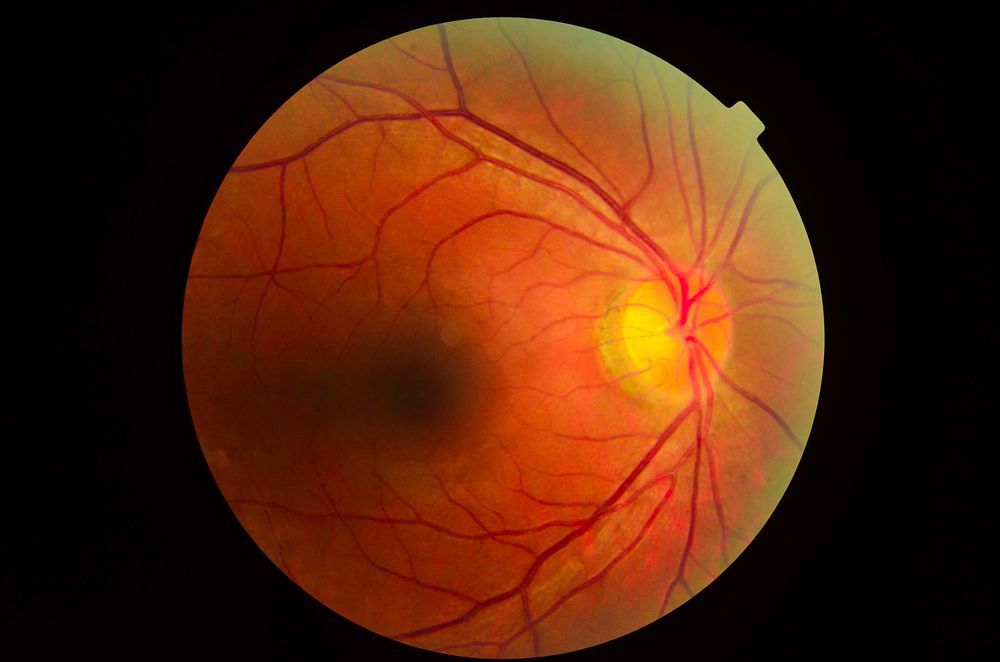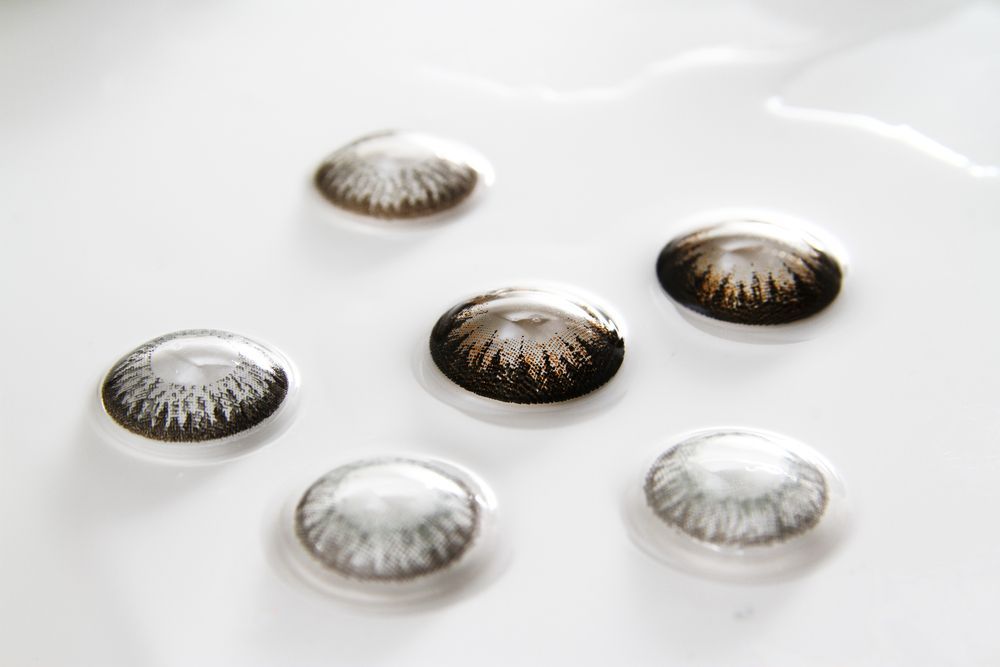Pink Eye Symptoms, Causes, and Treatment
Many of us have experienced a form of pink eye at least once in our lives - some of the unlucky more than once. So, what exactly is pink eye? Is pink eye contagious? How do you get it? Keep reading to find out.
What is Pink Eye?
Pink eye, or conjunctivitis, is a common inflammation or infection of the conjunctiva, the thin clear tissue that lies over the white part of the eye and inside the eyelids. When the tiny blood vessels in the conjunctiva become inflamed, they're more visible, causing the whites of your eyes to appear reddish or pink and it can be accompanied by discharge, itchiness, and discomfort.
Types of Pink Eye
There are mainly three types of pink eye:
- Viral: The most common type, often caused by the same viruses that cause the common cold. Viral pink eye is contagious with the most common symptoms including a red eye and clear watery discharge in one or both eyes. It will usually clear up on its own without treatment within a week.
- Bacterial: Caused by bacteria, this form can be serious if not addressed. The discharge with bacterial pink eye is typically thicker than that of viral pink eye and can also affect one or both eyes. It can lead to severe eye damage if not treated with antibiotics
- Allergic: The only non-contagious form of pink eye. It is typically caused by allergens like pollen, dust, or animal dander. It typically involves both eyes and may be seasonal.
Symptoms of Pink Eye
The symptoms for conjunctivitis and their severity will vary by individual as well as by which type it is, but there are several common symptoms:
- Redness in one or both eyes
- Itchiness in one or both eyes
- A gritty feeling, as if something is in the eye.
- Discharge that forms a crust during the night
- Tears
- Swollen eyelids
- Sensitivity to light
Treatment of Pink Eye
The treatment largely depends on the cause:
Viral: Since viral pink eye is caused by a virus, antibiotics are ineffective. Much like a cold there are some things you can do to alleviate the symptoms but the infection itself will have to run its course. This will usually happen within several days to a week. Warm or cold compresses may help soothe the eyes.
Bacterial: Your optometrist may prescribe antibiotic eye drops or ointments. As with any course of antibiotics, it is important to make sure you follow the instructions for treatment and do not stop before your doctor has recommended.
Allergic: Over the counter or prescribed antihistamine eye drops and cold compresses can help.
Prevention Tips
Pink eye can be spread in many ways including coughing and sneezing and coming in contact with an infected object. Because it is so contagious, it is crucial to follow good hygiene practices to keep it from spreading to others and to make sure you don’t re-infect yourself during the recovery process.
Here are a few tips on keeping pink eye contained and some preventative methods to limit your risk of infection.
- Wash your hands frequently.
- Avoid sharing personal items such as towels and washcloths and do not reuse the same towel or washcloth while you have pink eye.
- Avoid touching your infected eye(s) as much as possible.
- Change pillowcases frequently.
- Follow proper lens care guidelines for handling, cleaning, and storage if you wear contact lenses.
- Don’t share eye makeup such as mascara, eyeliner, or eye shadow.
- Discontinue makeup use while eyes are infected and make sure to discard mascara and eyeliner and disinfect all makeup brushes and eye shadows used while eyes are infected.
- Cover your cough or sneeze.
- Keep surfaces such as counter-tops, doorknobs, and faucets handles disinfected.
- Consider allergy proofing your home.
- Stay home if you have bacterial or viral conjunctivitis to prevent spreading it to others.
Pink eye is a common condition, but with prompt attention and care, complications can be avoided. If you are experiencing any of the above symptoms or suspect pink eye in yourself or your child, be sure to see your eye doctor to determine the best course of action.











